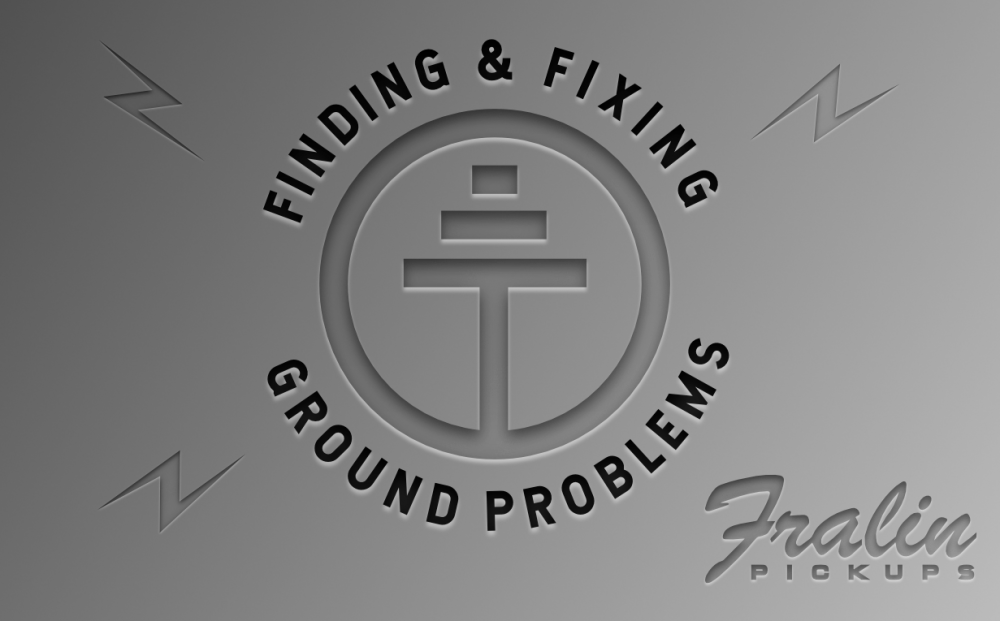My personal opinion, which isn't important, but may be something to consider:
(Caveat: everything below comes from experience with my Newark Street 2013 Starfire I)
Electronics:
If I were going to go to all that trouble to remove the harness and change components on a semi-hollow body like a Starfire, I would want more tone options the just one cap change could give for the trouble.
I would (and did) pull the harness, ditch the caps and resistors and tone pots and replace with Stellartone ToneStyler Bass 10 tone pot. That way you get 10 significantly different tones on each pickup from each ToneStyler pot, from really bassy to extremely bright and true bypass, all in one tone knob selector as you click thru the filters, or whatever is in there that changes the tones of each click. The voice of the instrument will also change slightly as you click thru the 10 settings, which is really fun to hear. This change is what makes it different from a normal tone pot. Plus it sweeps way bassier and way brighter than a normal tone pot. You can even use their Guitar 10 pot on a bass if you prefer a brighter bass and don't need the ultra bassy tones of the first few clicks on the Bass 10 pot. They recommend Bass10 on the neck pup, Guitar 10 on the bridge pup. But using either will get the bass from super dark to super bright on each pup. There is a cool Pbass demo with a Bass 10 on YouTube.
I would also shield the harness up as described in the link Frono provided. Gonna be a little tougher with 4 pots, but it is a royal pain to work on semi-hollow body electronics so you might as well do it all in one shot, especially if your Starfire is noisy, like mine was. Others report theirs were not noisy from the factory.
Plug in and test everything before reinstalling the harness in the bass, of course.
Strings:
Bass scale length is: 30 7/8" in real world measurement on my bass.
String scale length is 34" minimum, 35.5" maximum from ball end to string silks on my bass.
LaBella medium scale strings fit.
Chromes medium scale strings fit.
However, I now use Chromes ECB80 longscale Flatwounds on the Starfire. No problems so far. Short scale will be too short because you must measure from ball end to silks and bridge to nut to see what will fit.
